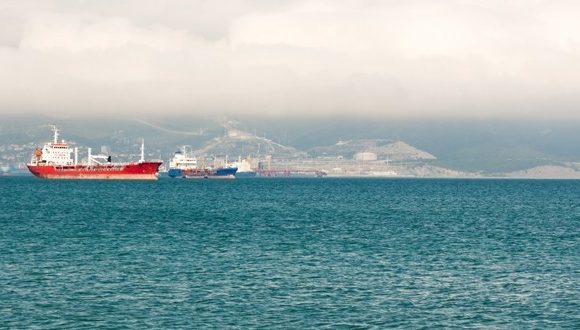The Aral Sea Disaster: How a Catastrophic Mistake Resulted in Environmental Devastation and Human Suffering

The Aral Sea was one of the largest inland bodies of water in the world, located in Central Asia between Kazakhstan and Uzbekistan. Unfortunately, a catastrophic mistake in the 20th century resulted in the gradual shrinking of the sea, leaving behind a desert landscape and a legacy of environmental devastation and human suffering. In this post, we will explore the background, the problem, and the solution of the Aral Sea disaster.
Background: The Rise and Fall of the Aral Sea
The Aral Sea was once a thriving and active ecosystem, with a diverse variety of fish and wildlife, and a vital source of income for the people living in the surrounding area. However, in the 1960s, the Soviet Union initiated an enormous irrigation project in the Aral Sea area. It included diverting two rivers that fed the Aral Sea, the Amu Darya and the Syr Darya, apparently for agricultural purposes. The goal was to transform the desert into a fertile region capable of producing cotton and other crops.
However, this project had disastrous consequences for the Aral Sea. As the rivers were diverted, the sea began to shrink, and by the 1990s, it had lost 90% of its volume and had split into two smaller lakes. The shrinking of the sea resulted in a host of environmental problems, including the disappearance of fish and wildlife, the exposure of toxic chemicals and salt flats, and the increase in respiratory illnesses among the local population due to the blowing of toxic dust from the dried seabed .
Problem: The Environmental and Human Costs of the Aral Sea Disaster
The shrinking of the Aral Sea has had devastating environmental and human consequences. The disappearance of the sea has disrupted the local ecosystem, leading to the extinction of many species of fish and wildlife. The exposed seabed has become a source of toxic chemicals and heavy metals, which have contaminated the air, water, and soil, and posed a significant health risk to the local population.
The decline of the fishing industry has resulted in economic problems and poverty. The increase in respiratory illnesses and other health problems has also placed a significant burden on the healthcare system and has reduced the quality of life for many people in the region.
Solution: The Efforts to Restore the Aral Sea
Despite the magnitude of the problem, there have been efforts to restore the Aral Sea and mitigate the environmental and human costs of the disaster. One of the most significant initiatives has been the construction of a dam across the Kok-Aral Bay, which has helped to restore some of the water flow into the northern part of the Aral Sea.
Other efforts have focused on the attempts to improve management of water resources in the region, including introduction of more sustainable irrigation practices and the use of much more efficient water-saving technologies. There have also been initiatives to re-establish the fishing industry in the region, including the introduction of new species of fish and the development of aquaculture.
The efforts to restore the Aral Sea have been challenging, and progress has been slow due to the magnitude of the problem and the limited resources available. However, there have been some positive developments, including the partial restoration of the northern part of the sea, and the revival of some fishing communities in the region.
Conclusion: Learning from the Aral Sea Disaster
The Aral Sea disaster is a tragic example of the unintended consequences of human activities on the environment and the importance of considering the long-term impacts of development projects. The shrinking of the sea has resulted in environmental devastation and human suffering on an unprecedented scale, but it has also provided important lessons for the future. We must recognise that our actions have consequences, and we must take a more holistic approach to development that considers the environmental and social impacts of our decisions.
The Aral Sea disaster also highlights the importance of international cooperation in addressing environmental problems. The Aral Sea is shared by two countries, Kazakhstan and Uzbekistan, and the restoration efforts have required collaboration and coordination between the two nations. It is essential that humans look beyond national borders and work together to address global environmental challenges.
In conclusion, the Aral Sea disaster is a tragic reminder of the importance of responsible development and the long-term impacts of human activities on the environment. The efforts to restore the sea and mitigate its environmental and human costs are ongoing, and while progress has been slow, there have been some positive developments. We must continue to learn valuable lessons from this disaster and keep working together to create a more sustainable and future for ourselves and future generations.
Resources
Aral Sea
The Aral Sea Is Vanishing And There Are Serious Consequences Of This Disaster















